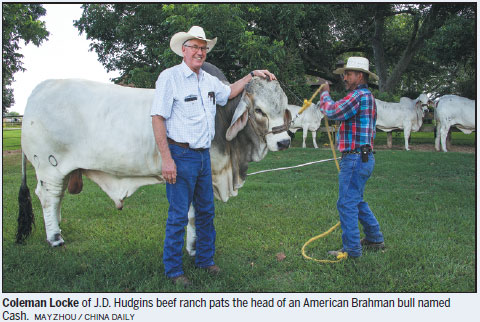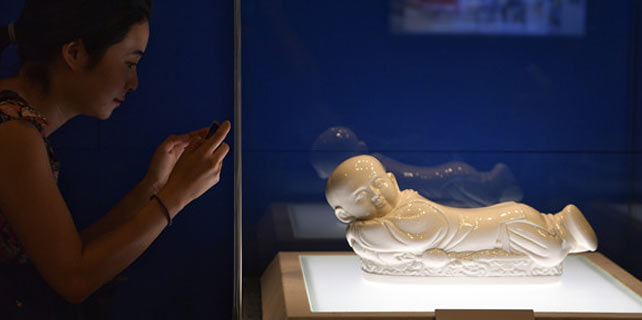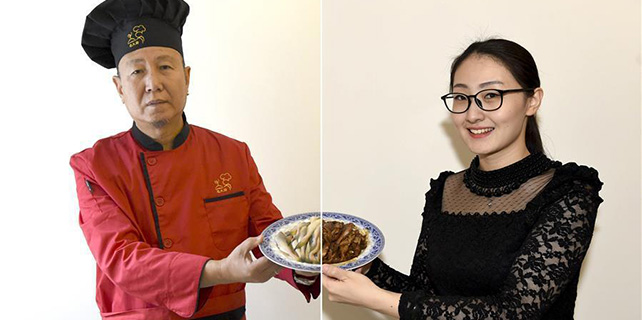Manso, the Brahman bull that started it all
At the J.D. Hudgins beef ranch in Texas, more than 1,800 Brahman cattle are scattered across 4,050 hectares of lush green pasture.
The animals with the prominent humps stand calmly, lolling in the shade of trees. White birds rest on a metal fence nearby looking for food left in the grass by the cattle.
This is the pasture where US beef took its first steps. And it all started with Manso.
The Hudgins ranch in Hungerford, about 80 kilometers southwest of Houston, has been a family-owned operation for more than 100 years. Its specialty is raising American Brahmans to crossbreed calves for beef.
"Our cattle trace their roots back to the late 1800s and early 1900s when some animals were brought into the country from India. That's what created the Brahman breed," said Coleman Locke, who pointed to a mounted bull's head in his office.
"This is Manso, which means 'gentle' in Spanish - the bull that started the breed on this ranch," he said.
According to Locke, the Hudgins family settled in the area in 1839 and started the ranch in 1908. Today, the ranch sends its animals to 35 US states and 43 countries. About 600 were sold last year, at $4,000 to $6,000 per head.
Locke's grandfather, Walter Hudgins, exchanged five young bulls for Manso in 1933 when he laid his eyes on the magnificent bull. He was attracted by its type, size and disposition. When Manso sired the first calves in 1934, many cattlemen offered to buy the males right off the mothers for $100 each. By the time Manso died in 1943 at age 17, the bull had produced 316 offspring.
Manso helped the ranch to establish a standard of quality for the Brahman breed. The American Brahman Breeders Association estimates that 75 percent of registered Brahman cattle carry some of Manso's genes. The breed can withstand hot weather and is prevalent in the southern US, home to half of US cattle.
"Our breed has a lot of influence on the industry. I would say about one-third of the beef produced in the US contains some Brahman genes," Locke said.
Mad cow disease, which hit Washington state in 2003, was a heavy blow to the Hudgins ranch.
"We instantly lost 100 percent of the international market. We had $750,000 sold and ready to go. Every bit of that stopped," Locke said.
The ranch focused on expanding the market domestically for survival. Around 2008, the international market started to come back, first with Mexico and Central American countries, then with European countries. Now, China has returned to the fold.
"We had been out of the Chinese market since 2003. There has always been tremendous demand for our beef in China. We are pleased with the Trump administration and his counterpart in China for negotiating the deal," Locke said.
"Many Chinese consumers enjoy our product and would like to be able to consume it. We are happy to meet the challenge."
The ranch only produces a small amount of beef, but Locke understands only too well the impact of China on his ranch.
"Our economy is so interwoven that when one segment flourishes, the others go up too. When we sell a finished animal, it is worth about $300 more because we have the international market. If Chinese people eat a lot more beef, I expect the price here might go up some," Locke said.

(China Daily 07/17/2017 page1)
















